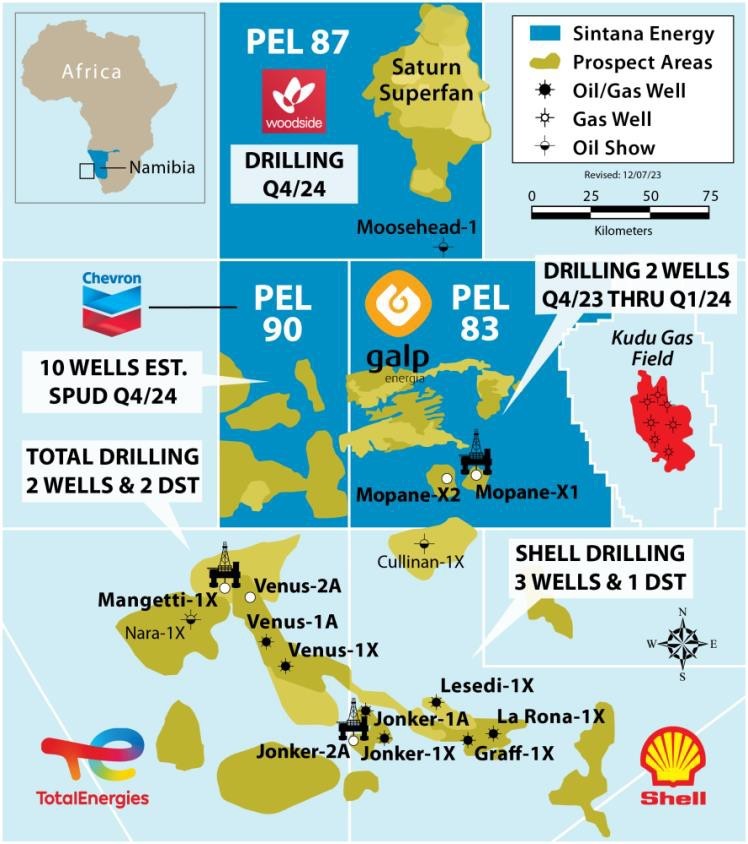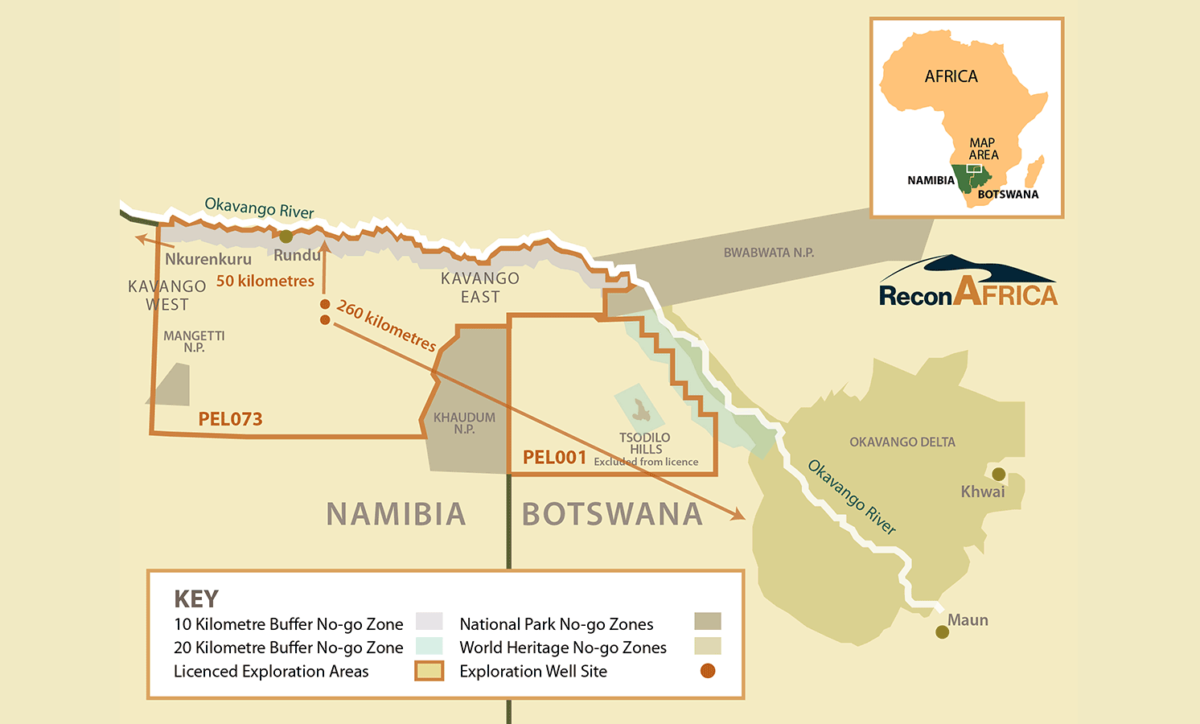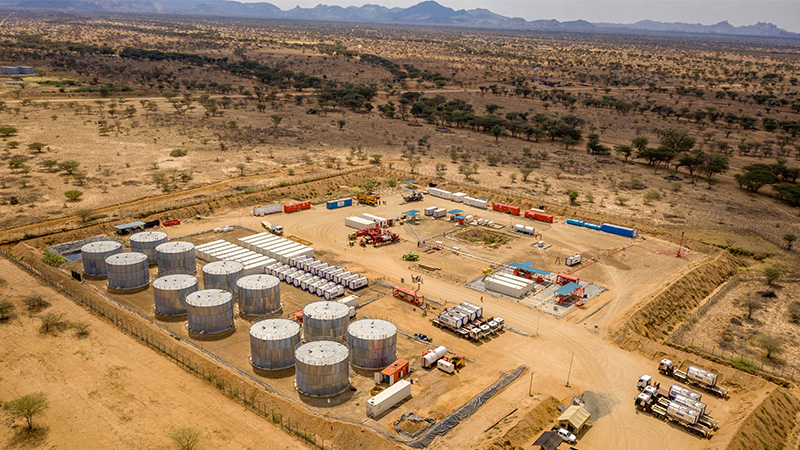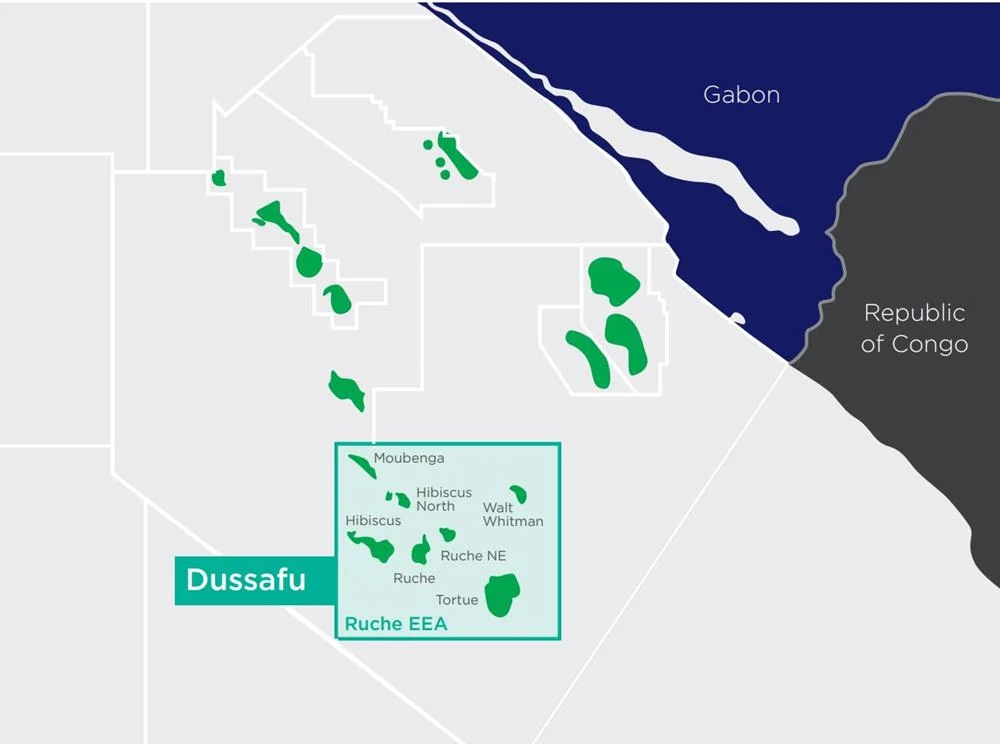KenGen commissions the entire 280MW geothermal project
The Kenya Electricity Generating Company (KenGen) on Thursday last week inaugurated the 140MW Olkaria 1 power plant, the last phase of the 280 MW of Olkaria geothermal power the world’s largest such power plant, a move that is expected to further stabilise the cost of electricity in the country.
H.E President Paul Kagame of the Republic of Rwanda presided over the historic event accompanied by his host H.E President Kenyatta.
Following the addition to the national grid of 280 MW geothermal power, the cost of Fuel cost component, the single biggest item on the bills, has fallen to a low of KShs/kWh 2.51 in February 2015. This represents a 65% drop in the FCC. As a result, it has led to a decline in the overall cost of power to consumers.
The cost of fuel cost adjustment, the single major cost item on the power bills has dropped nearly three fold to Sh2.51 per kwh in the February, down from Sh7.22 per kwh in August last year when the first unit of the 280MW project started injecting to the national grid. This represents a drop of 65 % over this period.The Olkaria 280MW project comprises the 140MW Olkaria IV and the Olkaria I units 4 and 5 each with a capacity of 70MW.
“KenGen is proud to be on the lead in moving the country towards self-sufficiency of reliable and affordable and renewable source of energy, which is also available almost 24/7,” says managing director and CEO Eng. Albert Mugo.
The 280MW which has been running and stable on the grid since December has helped reduce the cost of power by displacing the expensive thermal fuel. At the same time, it has also helped stabilise the country’s power supply by reducing dependence on hydro, which is prone to weather variations. In recent months, the country has had no rainfall and subsequently below average inflow of water into our hydro dams.
Currently, the company is injecting 1575 MW to the national grid, with geothermal for the fourth month in a row surpassing hydro as the main source the electricity and helped avert power shortages at a time when rains have failed for the better part of last year and into the new year. At 7.2 US cents per kilowatt hour, geothermal energy is among the cheapest renewable sources of electricity in the country and the world.
It currently accounts for 51% of the national generation mix, and has also averaged 41 per cent over the past six months. At 36 per cent, hydro has been relegated to second place. This is because of the failed rains leading to poor inflow of water to the generating dams in recent months.
Thermal sources or those powered by medium speed diesel and heavy fuel oil accounted for 21% and is the third highest source of electricity. This represents a consistent decline from the 47 per cent that these sources contributed prior to the 280MW and also at times of poor hydrology which was prevalent during 2014.
“The country has not experienced power rationing despite low water levels in the hydro generation dams on the Tana Cascade. “This is because the 280 MW project has helped to bridge the power deficit ”.











